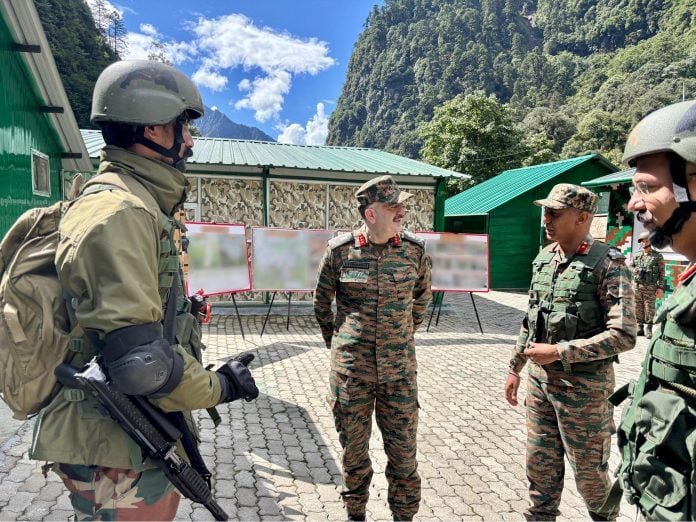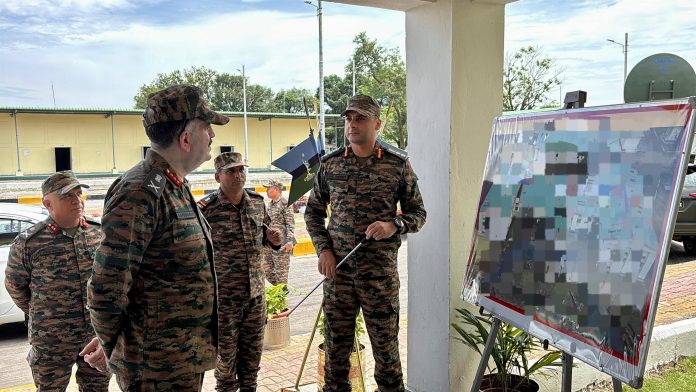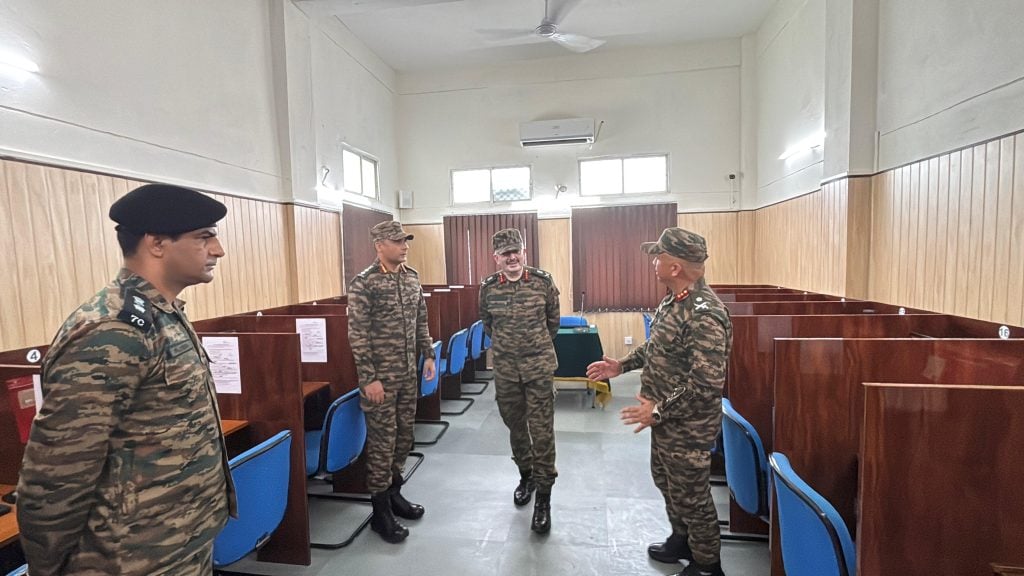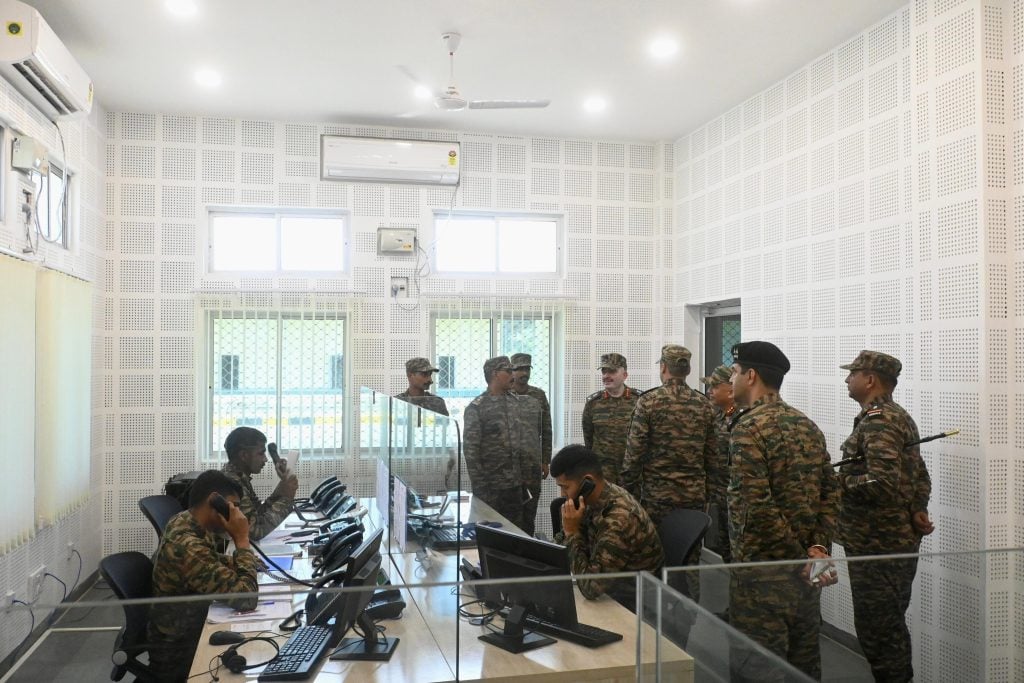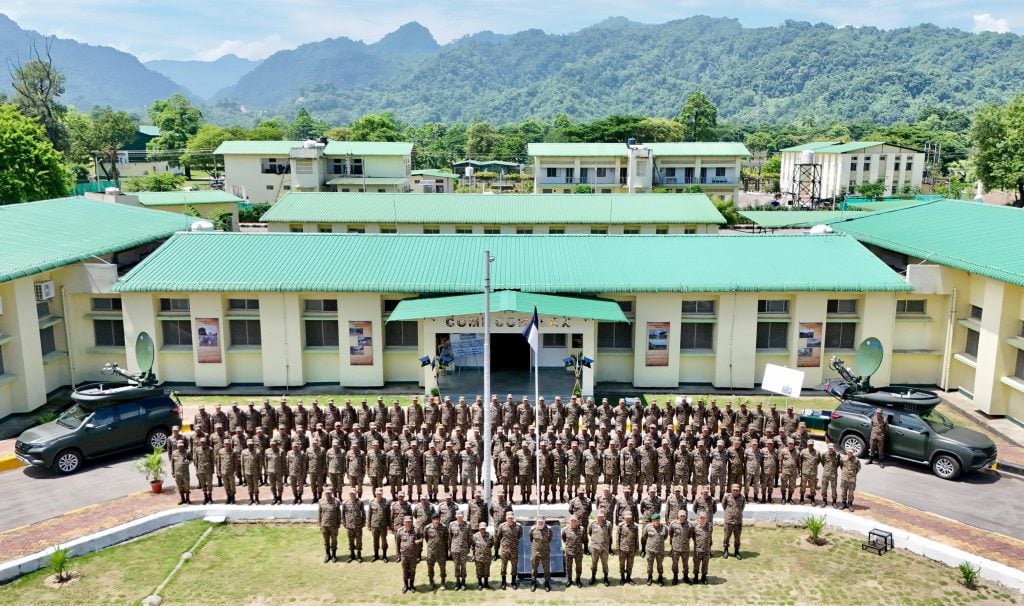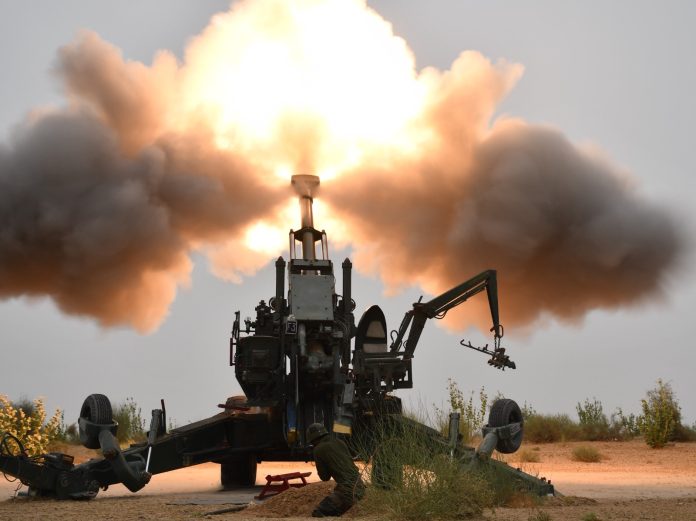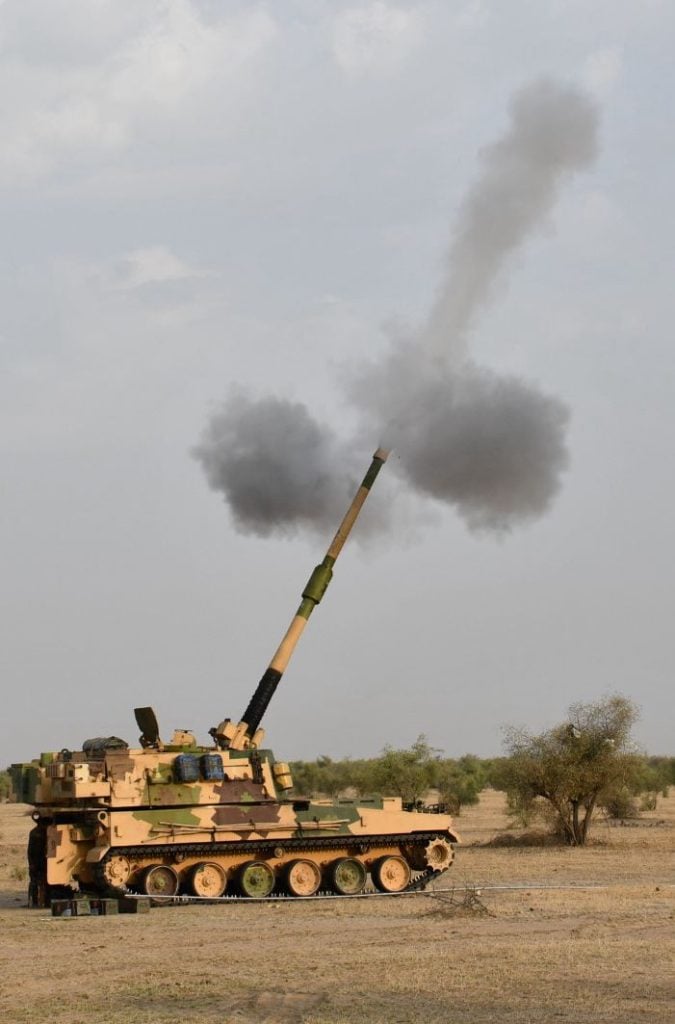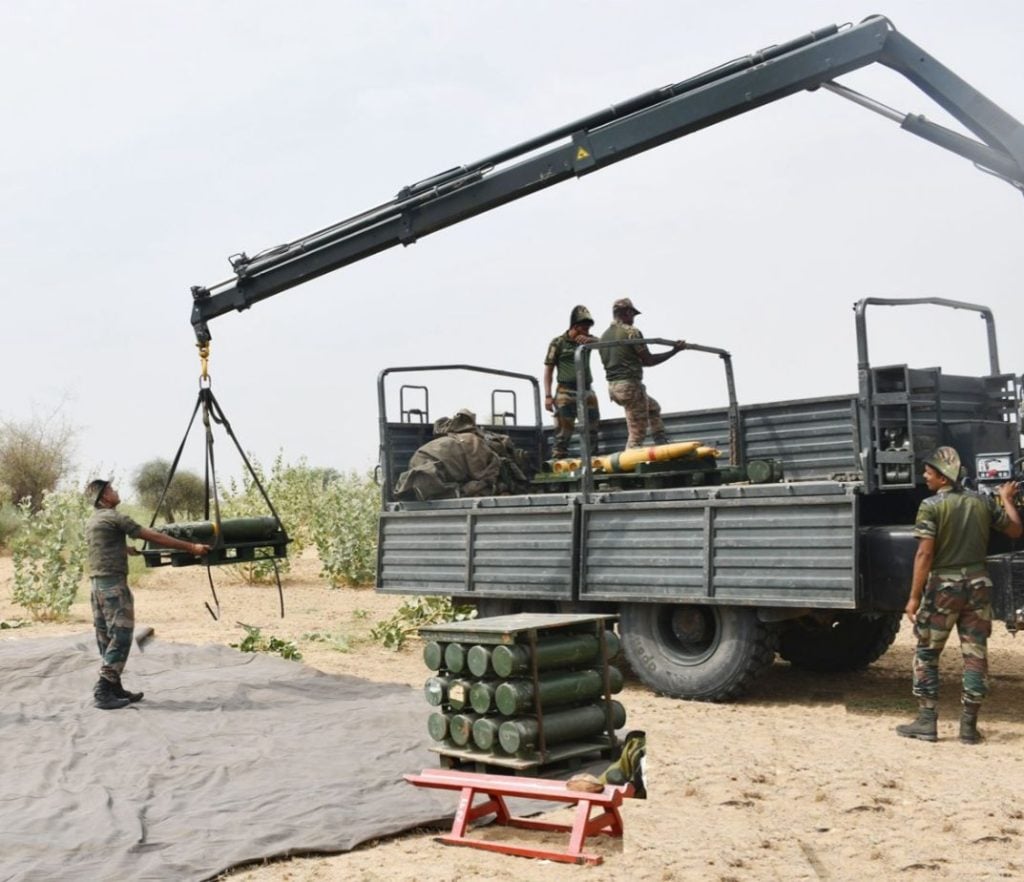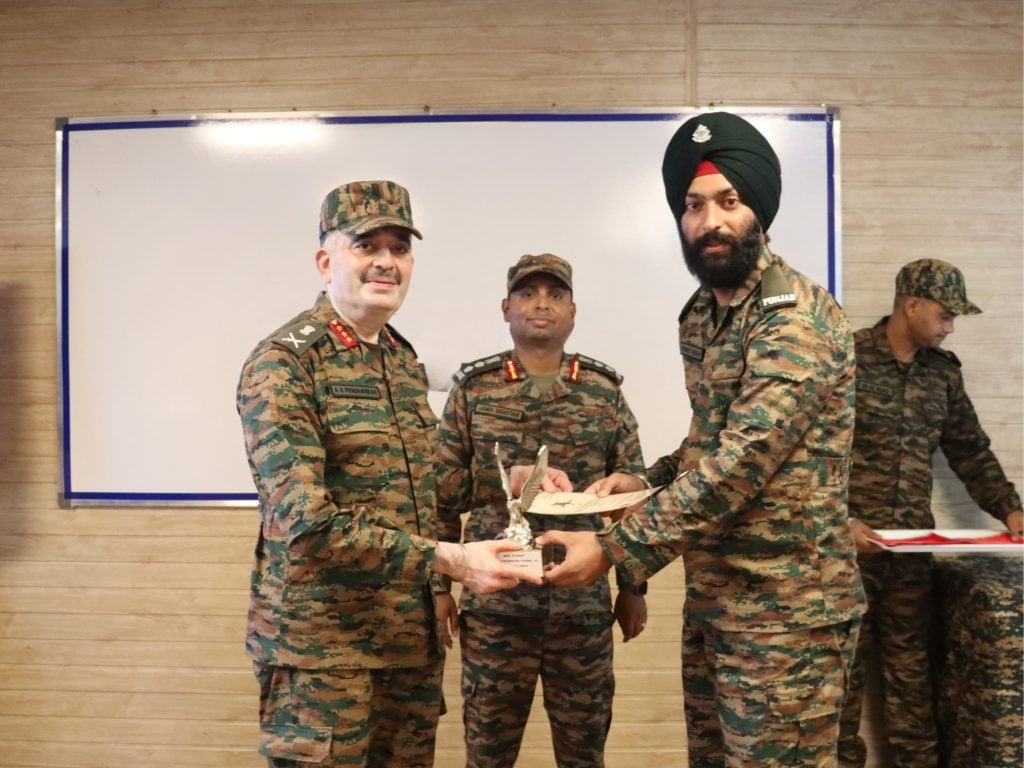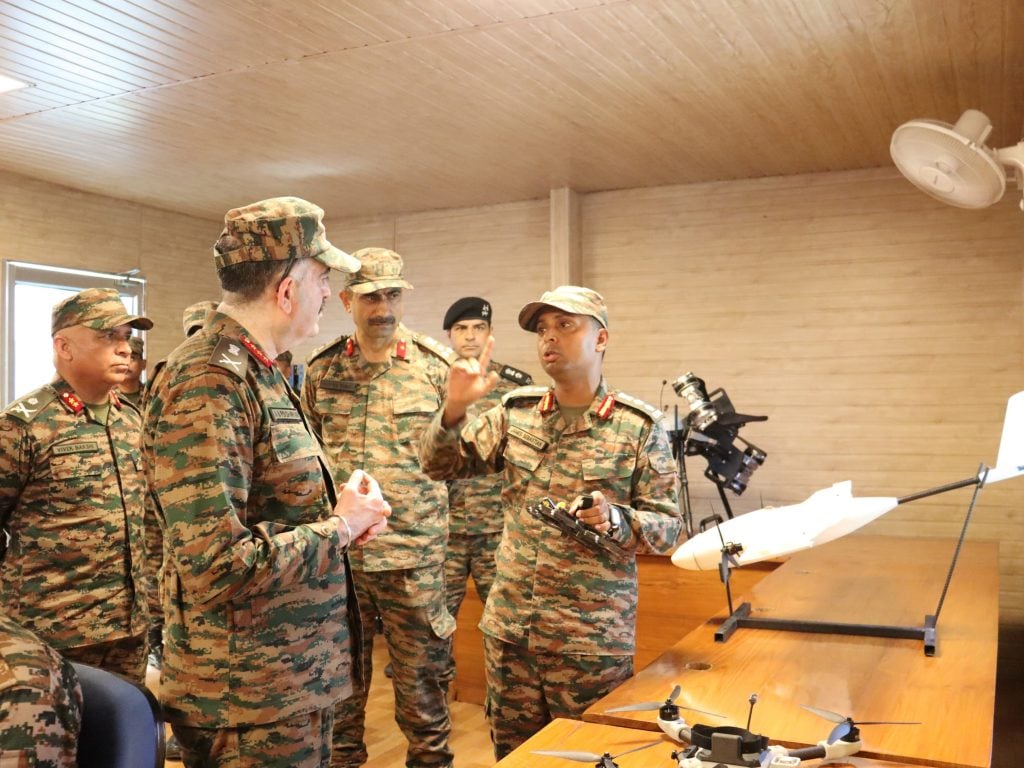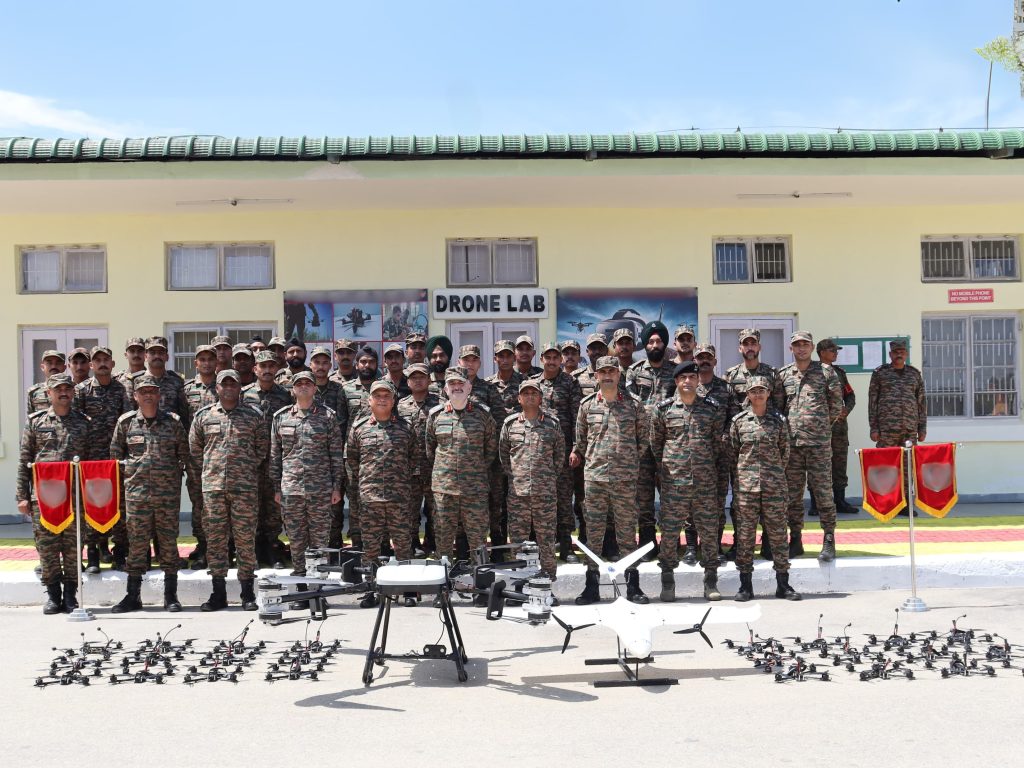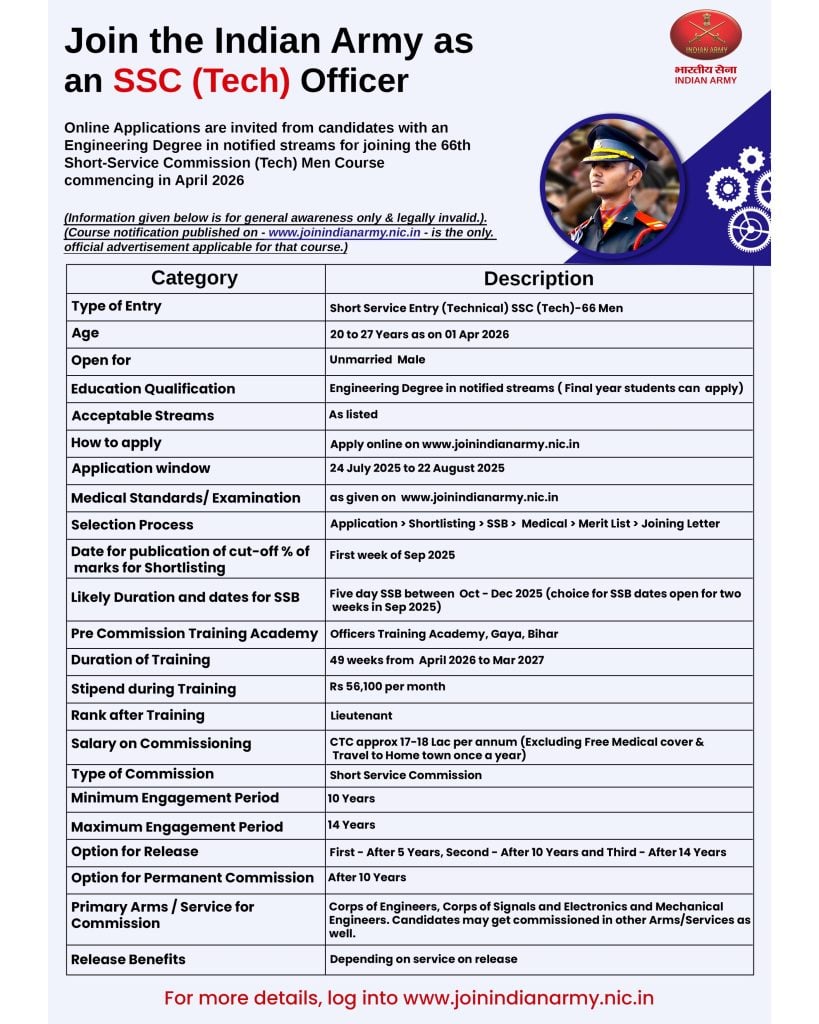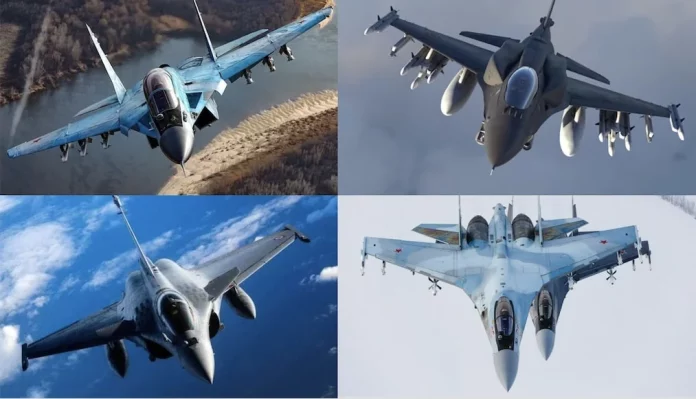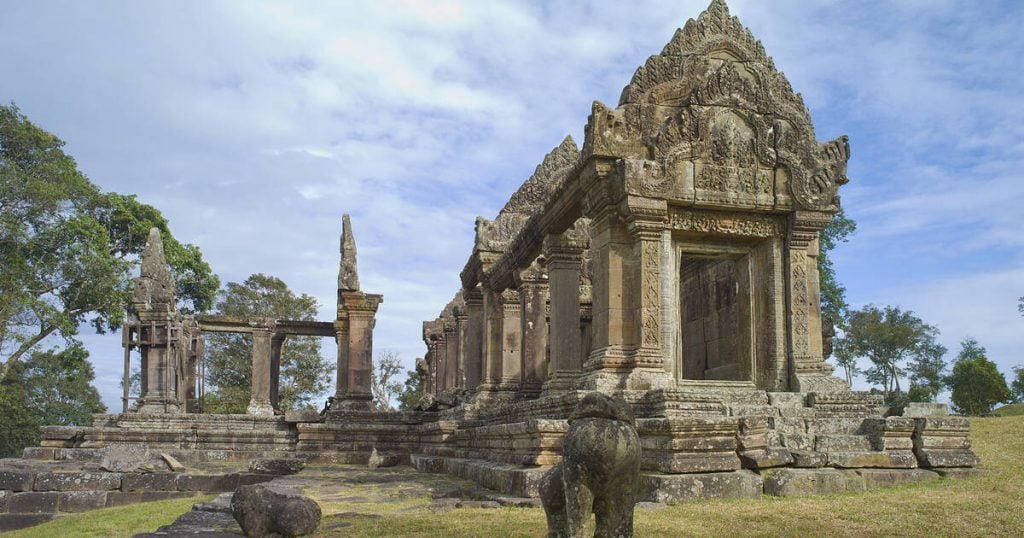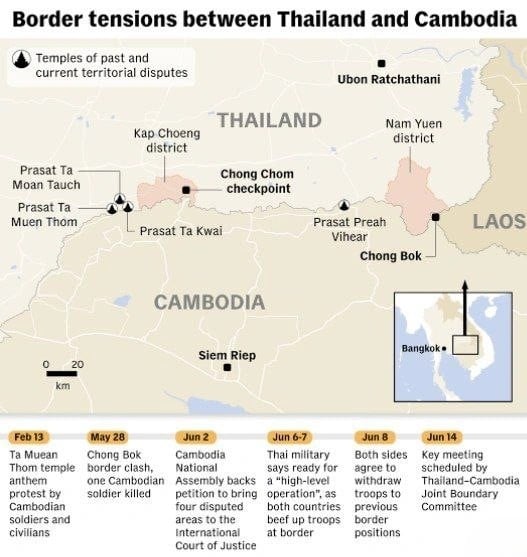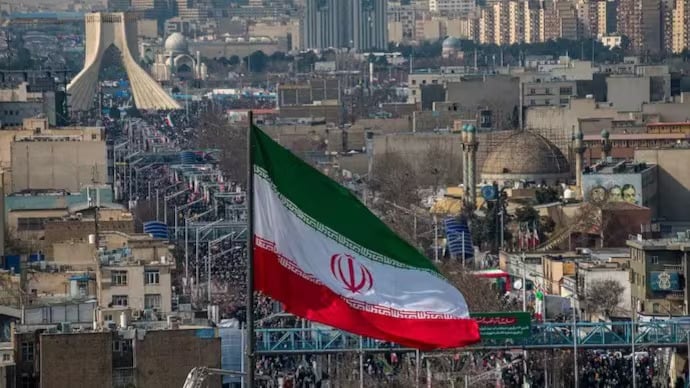Lieutenant General Abhijit S Pendharkar, General Officer Commanding of the Indian Army’s Spear Corps, conducted a forward-area visit to assess operational preparedness in the strategically vital high-altitude regions of Arunachal Pradesh. The visit comes at a time of continued focus on border security along the Line of Actual Control (LAC) with China.
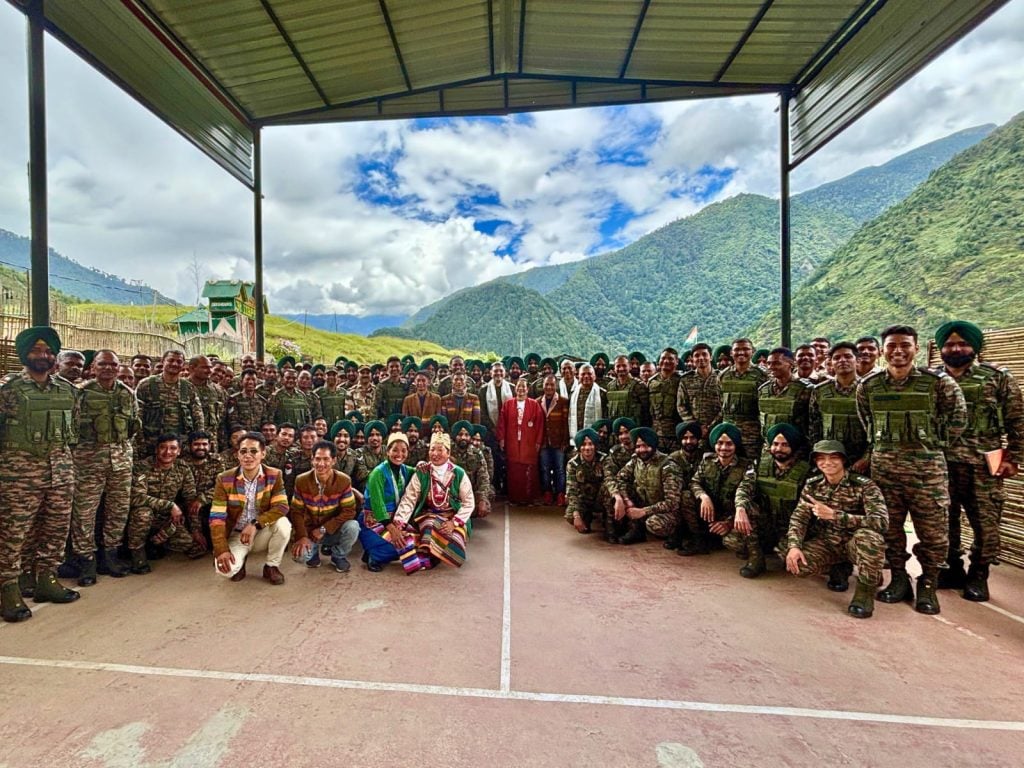
Reviewing deployments in rugged terrain and harsh weather conditions, Lt Gen Pendharkar praised the professionalism and morale of troops stationed at these remote posts. His visit also included a solemn tribute at a memorial marking the 1962 Battle of Walong, where 642 Indian and 752 Chinese soldiers lost their lives, underscoring the region’s deep historical and strategic relevance.
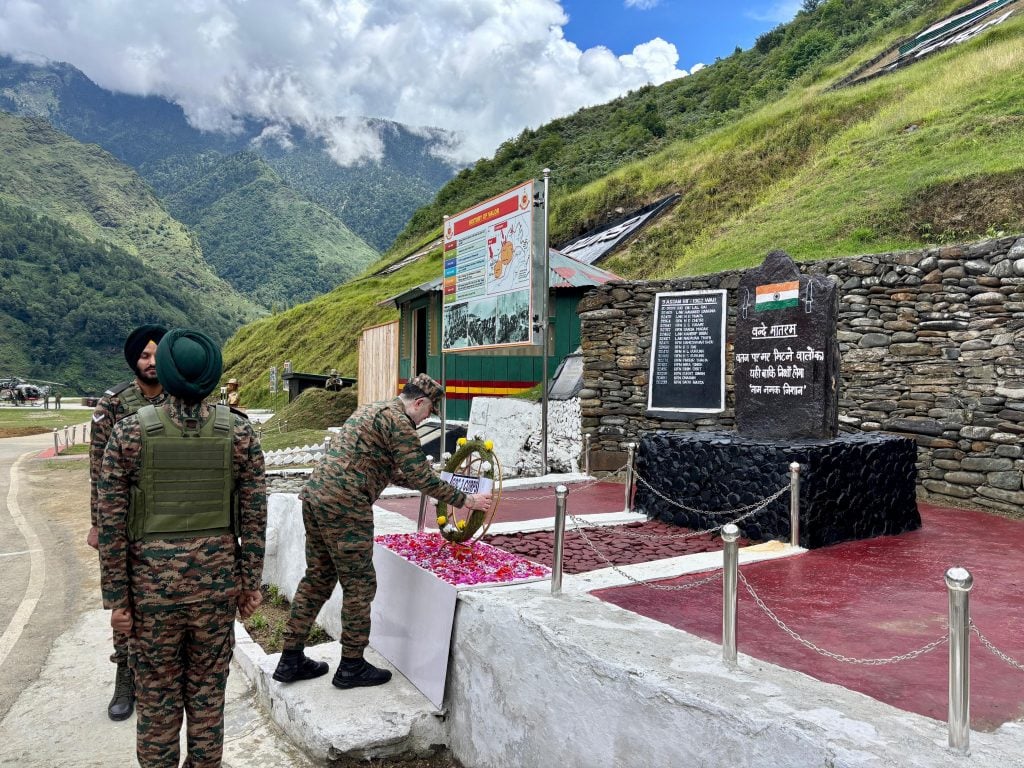
Beyond military assessments, the General interacted with residents under Operation Sadbhavna, the Indian Army’s long-running civic action programme. The General acknowledged the vital role of local communities in nation-building and lauded their continued cooperation with Army-led outreach.
The visit also highlights the ongoing development push by the Border Roads Organisation (BRO), which has been steadily enhancing connectivity across Arunachal Pradesh since the 1960s. These road networks are critical for both troop mobility and integrating border communities into the national framework.
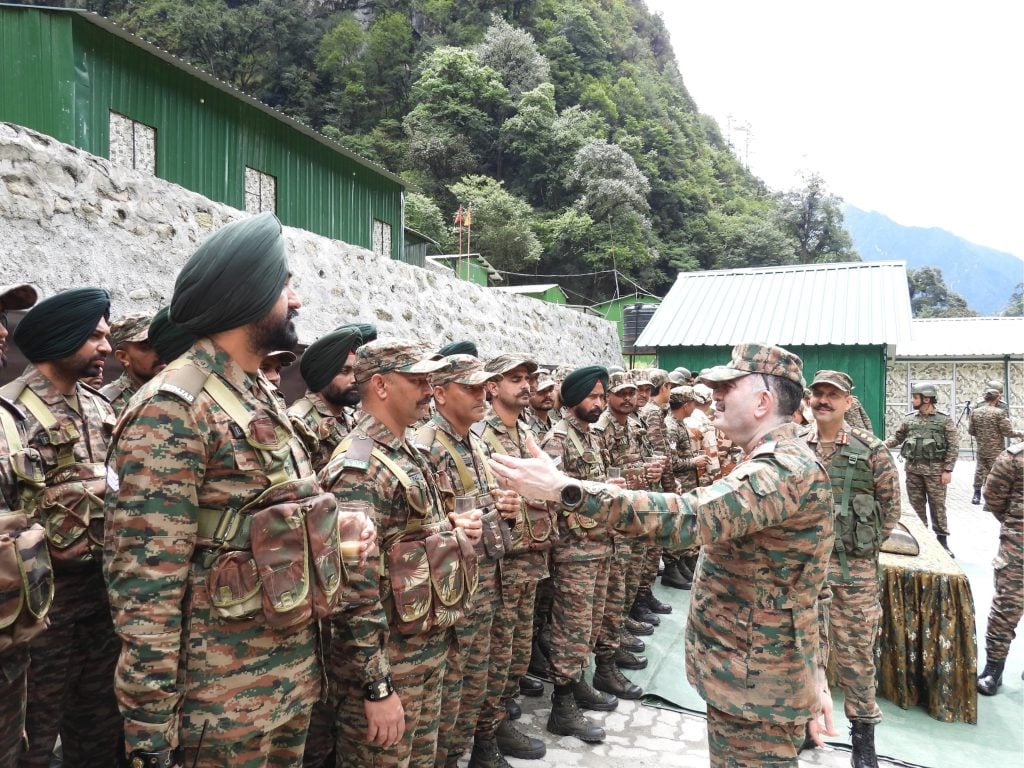
Lt Gen Pendharkar, a seasoned officer with extensive experience in counter-insurgency operations and recent leadership in conflict resolution in Manipur, emphasized the dual priorities of operational vigilance and civil engagement. His forward-area review reflects the Indian Army’s strategic focus on strengthening deterrence and ensuring stability along India’s northeastern frontier.

